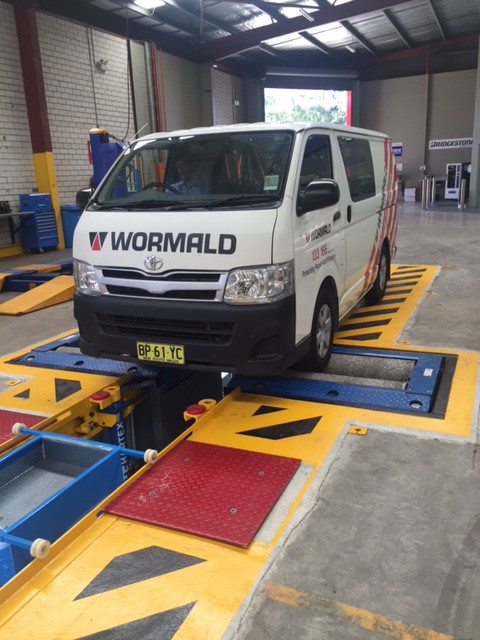– By Gerard Norsa –
One of the big quandaries every fleet manager has to ponder is; just what is the best option for optimising the efficiency and cost-effectiveness of maintenance processes for active vehicles and other managed plant equipment.
Is there better value available by keeping the large majority of maintenance in-house? Or, alternatively, are there favourable productivity and bottom-line benefits to be harvested by outsourcing this critical operating function to a single services provider or utilising a group of suppliers?
At the recent AfMA conference, Rob Wilson, Director of fleet consultancy, 4C Management Solutions, facilitated a break-out session that featured a case study from Wyndham City Council (WCC) situated on Melbourne’s urban fringe.
You can’t outsource responsibility
Wilson said that irrespective of whether you choose to manage in-house with its staffing, process management, back-office HR and IT and parts inventory functions or send all of this out to market, “fleet managers can’t outsource responsibility”.
“Even if you do contract out the activity of maintaining vehicles if there are any incidents with your fleet leading to injury, then the regulators will still come knocking on your door,” Wilson said. “For this reason, it is important to make sure that whoever is doing the work is suitably qualified, whether that be internally or through contractors.
“To work out the best option, fleet managers need to develop a comprehensive checklist. Only then can they accurately assess things such as capabilities, understanding the full costs, warranties, strategic and operational imperatives, the availability of suitable suppliers within easy access and warranties etc.”
Horses for courses
Wilson said that in many circumstances, it is a better option to keep these works in-house but in other cases there are benefits to outsourcing all or some of the maintenance and repair functions and, of course, there are also an almost infinite number of hybrid models to consider.
“Sometimes regional or remote locations make it impossible to rely on service providers, for example, whereas in other circumstances, by negotiating as a fleet operator there is the opportunity to obtain significant value-adds in a competitive market place.
“Whatever approach you take, it is important that you work closely with your finance people so that there is an agreed understanding of what the best option is before you make the decision.”
Wyndham City Council’s journey
Peter Paproth, co-ordinator of Fleet Management at WCC, said that his organisation went through a thorough assessment of all the options after realising that there was an opportunity to improve productivity and reduce costs within maintenance operations.
According to Paproth, when he took on the job three years ago, WCC was a “typical council fleet” that was all being maintained in-house from a “reasonably well-equipped workshop”. It included 202 light vehicles from nine different manufacturers as well as 11 buses and 53 trucks of various sizes.
In addition, the in-house workshop managed 64 major plant assets (mowers, tractors etc.) and 146 minor plant assets (brush cutters, blower/vacuums and hedge trimmers etc.). Staff included three mechanics, a full-time casual mechanic and a workshop team leader.
“All of our work was done on an ad hoc basis,” Paproth said. “While the staff knew what they were doing mechanically, we were very inefficient and largely reactive so the squeaky wheel got the oil. Something had to change.
“We looked at the pros and cons of three different options which were to stay in-house, outsource to a single service provider and to outsource to multiple suppliers. In the end, we decided to stay with our in-house servicing but we did have to improve our efficiency in the workshop as some time and motion studies showed we were losing as much as three hours per mechanic, per day.
“We weren’t fundamentally broken but clearly we had to improve.”
WCC undertook a total review of all their operations and costs and forensically looked at how they could improve everything from how vehicles were booked in, to knowing how much inventory was held and employees’ accountability for time.
The keys to success
Paproth said that after the review and managing subsequent changes at WCC, he believes there are a few key facilitators to improvement of an in-house repair and maintenance facility. These include having good contract management systems, good relationships with local service providers and keeping your staff well-trained.
“We looked very closely at the planned versus unplanned work schedules, renegotiated a range of service contracts, we manage supply relationships better and we now order parts on a just-in-time basis,” Paproth said. “We also identified that understanding the limitations of our workshop staff and having good third party suppliers to complement our own capabilities were critical.
“This is the best way to improve productivity. It is unbelievable how many hours your mechanics can burn up trying to do the right thing and attempt to fix something that they are unsure about.
“I would also say that the finance department is your friend because they understand a lot of the true costs around what you are doing with repair and maintenance and you must keep a lid on costs”.






